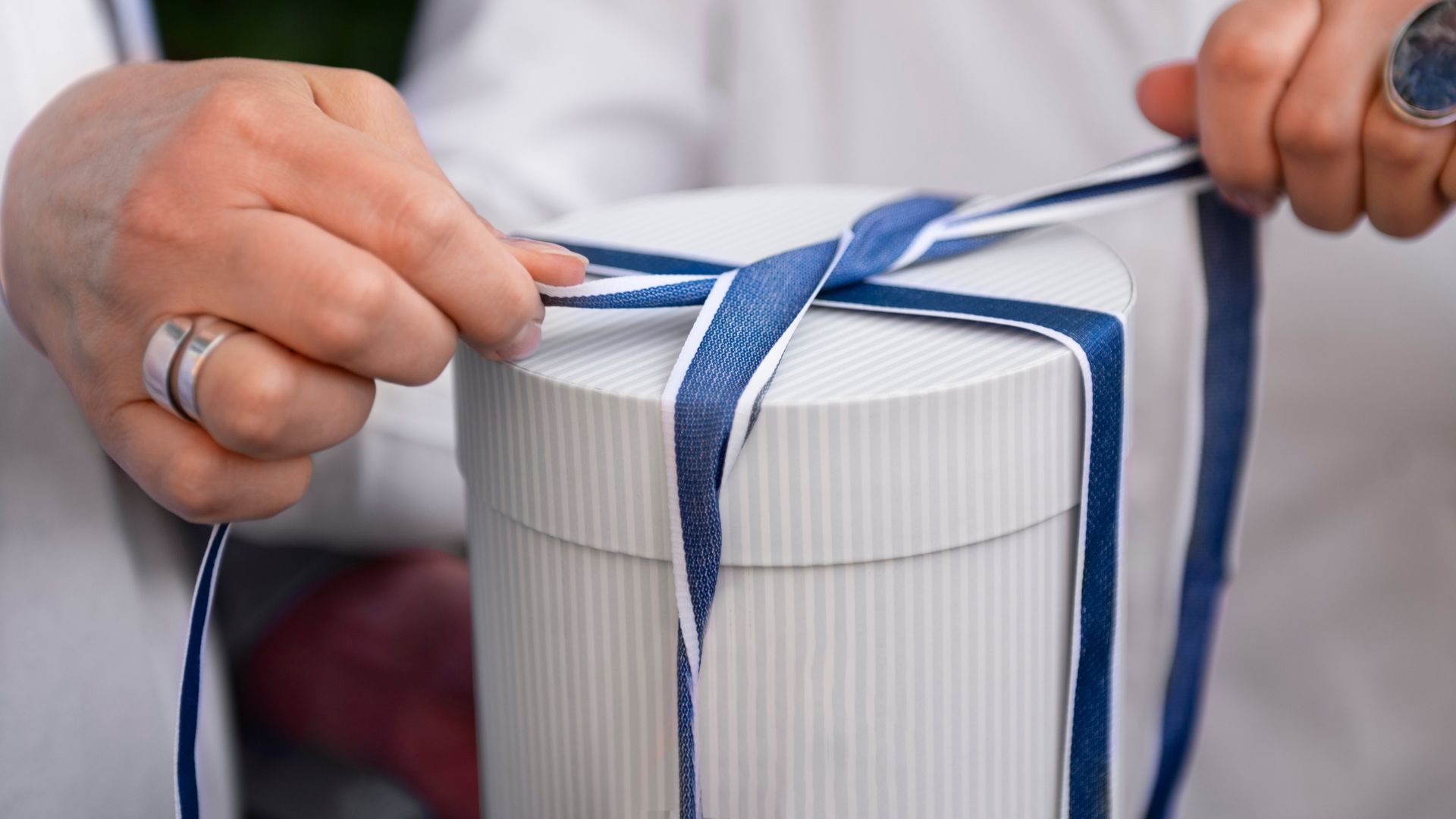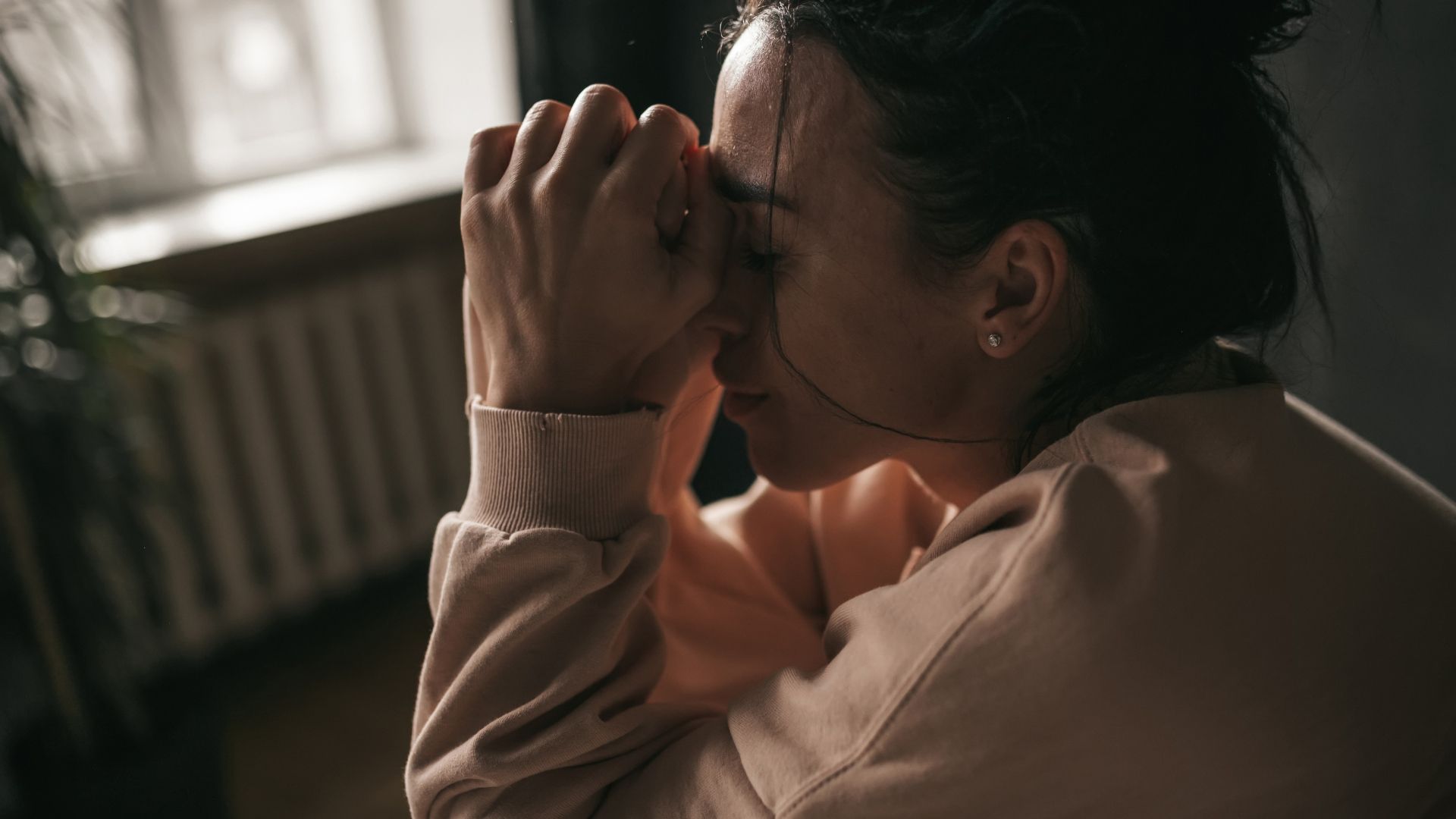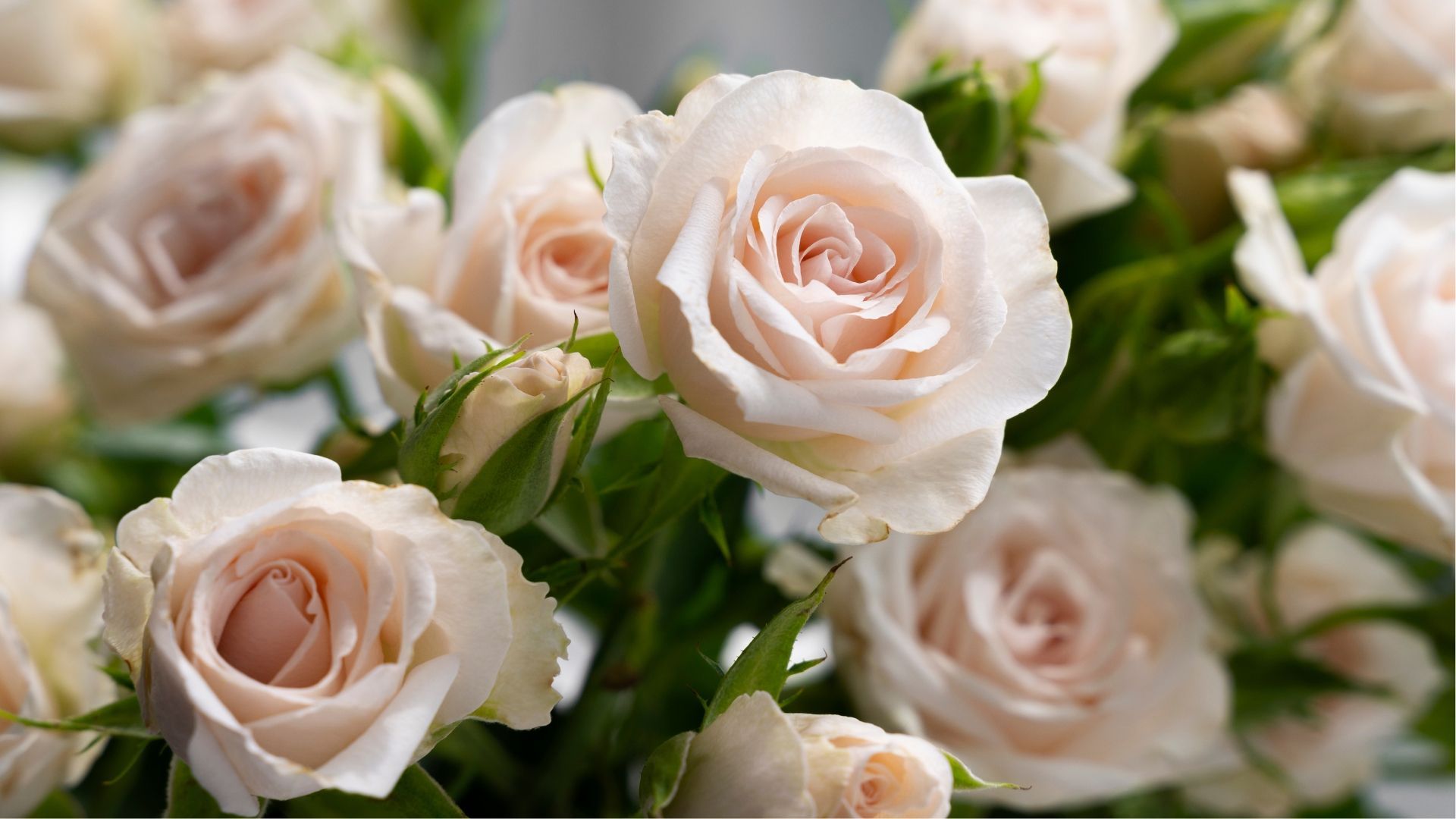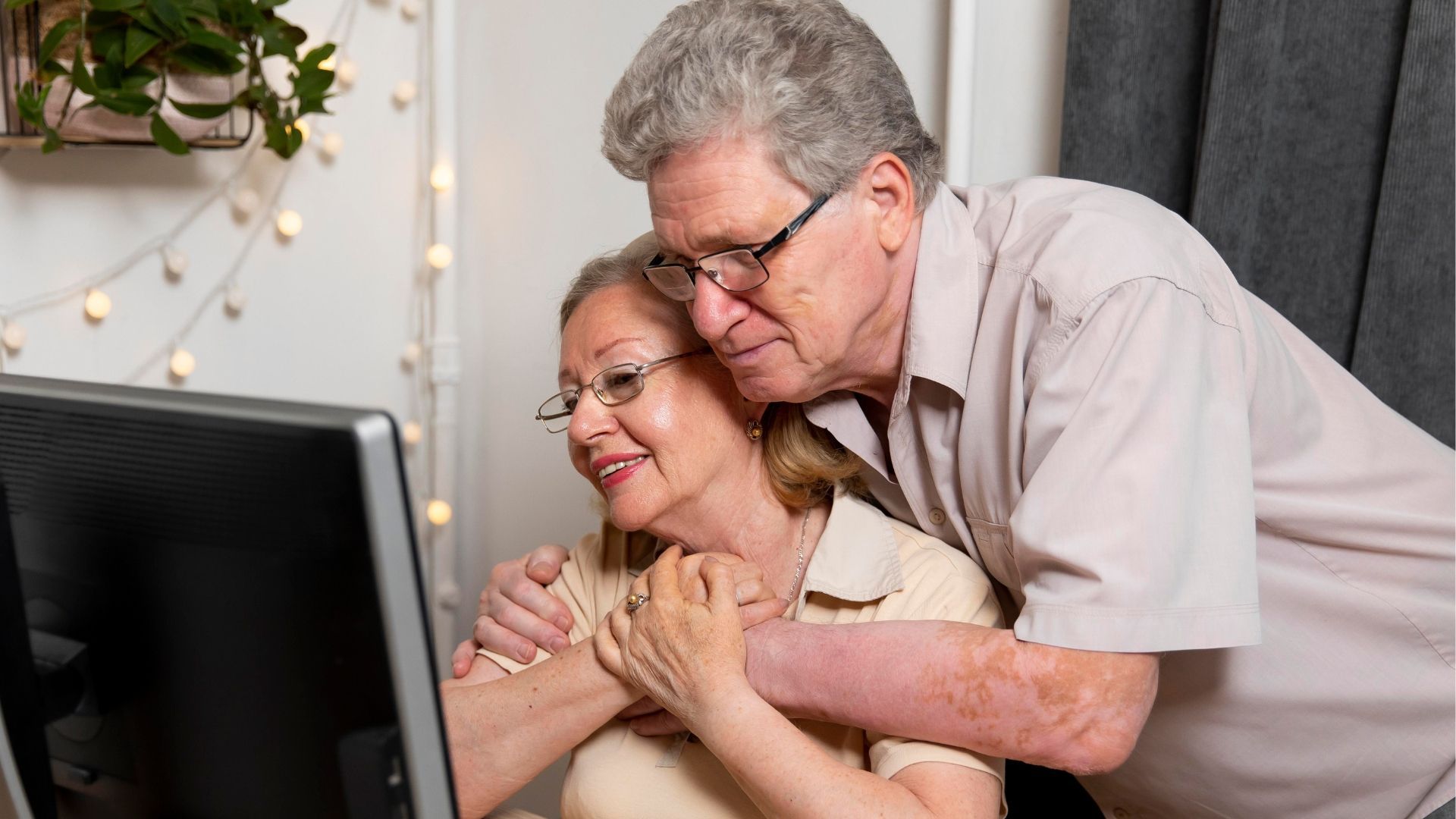What are living funerals?
More and more people are choosing to hold living funerals for themselves. Find out more in our guide.
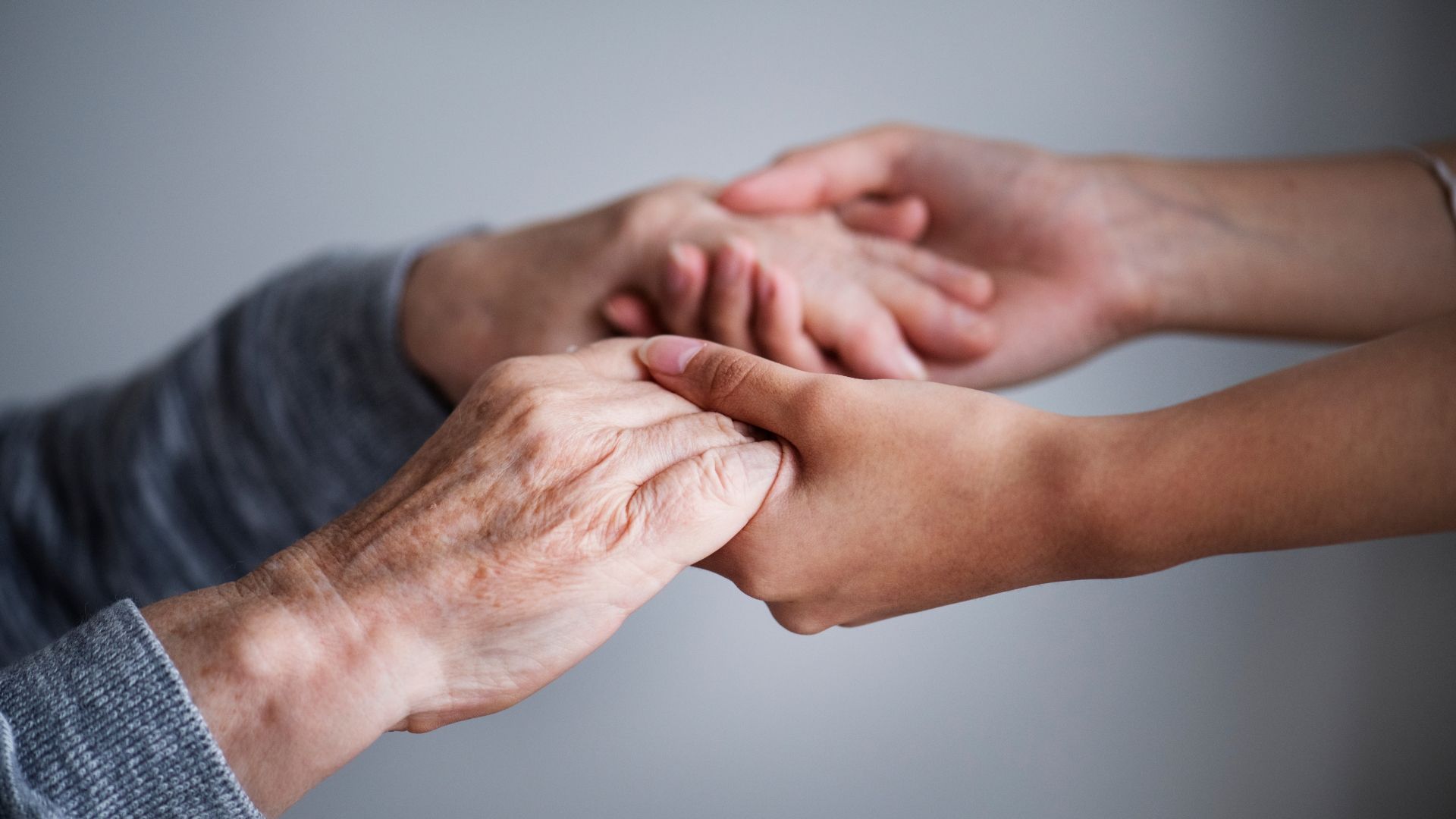
Living funerals come under many names. They can be called "pre-funerals", "living wakes", "celebrations of life", "farewell parties" and more. Whatever they're called, they serve the same function: to gather together loved ones to celebrate your life while you're still alive.
This is often requested by someone nearing the end of their life, whether through a terminal illness or old age. Some see living funerals as a way to break with tradition and celebrate a person's life and relationships. Some also point to potential cost savings at a time when funerals are expensive.
Others are uncomfortable with the idea. For these people, it might feel like a step too far from cultural traditions – or simply the wrong way to deal with death and dying.
Whichever way you look at it, there's no right or wrong way to do it. It's up to you, your family, and what feels right according to your culture and faith.
Where did living funerals start?
In the 1990s, living funerals began to be held in Japan. Known as
seizenso, their origins have been ascribed to different factors.
Some point to the rising cost of funerals in Japanese society at the time.
Others point to the "idea that it would take the pressure off family members or friends organising a funeral after someone had died".
Whatever the cause, living funerals have slowly but surely spread ever since. In 2019, some 25,000 people took part in living funerals.
What happens at a living funeral?
Part of the appeal of living funerals for some is that they're more open-ended than traditional funerals. There are no rules to be broken. This leads some people to turn to living funerals as a way of celebrating what makes them unique.
This is linked to the fact that many living funerals have a celebratory, uplifting tone – although this can be the case for more traditional events, too.
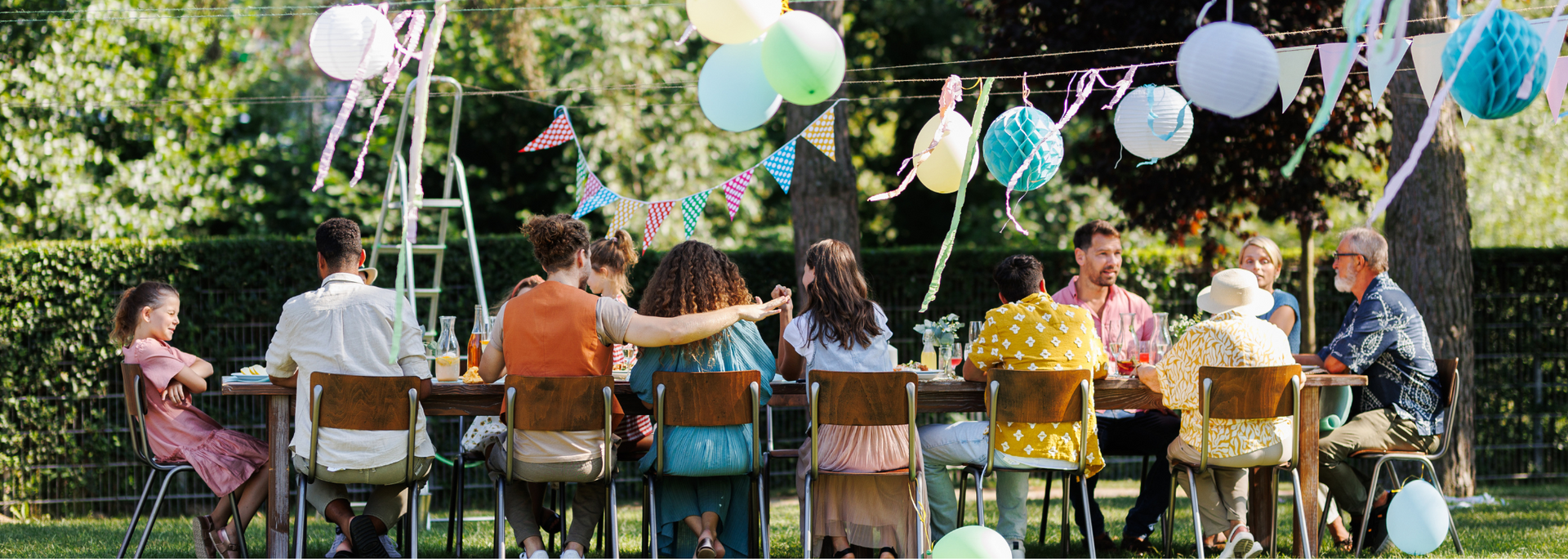
Georgia Martin, who founded a living funeral service called A Beautiful Goodbye, puts it like this: "People think it will be morbid… They picture a funeral in a church with a coffin and everyone wearing black.
"With a living funeral, however," she goes on, "nothing is set in stone. You can do whatever you want."
It's perhaps this freedom that's at the heart of the increasing popularity of living funerals in Japan and beyond.
Why do people have living funerals?
Like all kinds of funerals and memorials, different people have different motives for choosing a living funeral.
Often, however, they're held by people who expect to die soon. A living funeral is a way for them to spend time with the important people in their lives while they have the time and energy.
It can give them an opportunity to express their feelings, celebrate their life and relationships and make sure they say goodbye to everyone they want to. It can also be a way of collectively processing a loved one's illness and death.
For other people, a living funeral is a way to make sure they have the funeral they want. This could come from a concern that people won't be invited or that the ceremony won't adequately reflect their beliefs or lifestyle.
Finally, there's the fact that many people choose to have a direct cremation (a funeral without a service). A living funeral can be a way of having a non-traditional celebration and a cost-effective, no-frills cremation.
The case of Kristin Hallenga
You don't have to be famous to have a living funeral. There have, however, been living funerals that made the news.
Kristin Hallenga was diagnosed with breast cancer at the age of just 23. She founded the charity CoppaFeel!, which raises awareness about breast cancer among young people.
Before she died, she threw a
living funeral that she called a "FUNeral". The star-studded event split opinion, with some loving the spectacle and others criticising it.
Coffin-shaped invitations contained a test tube of tequila. Guests signed a cardboard coffin. Meanwhile, comedian Dawn French delivered the eulogy in character as the Vicar of Dibley. Kris wore a glittery jumpsuit.
Do living funerals have to be religious?
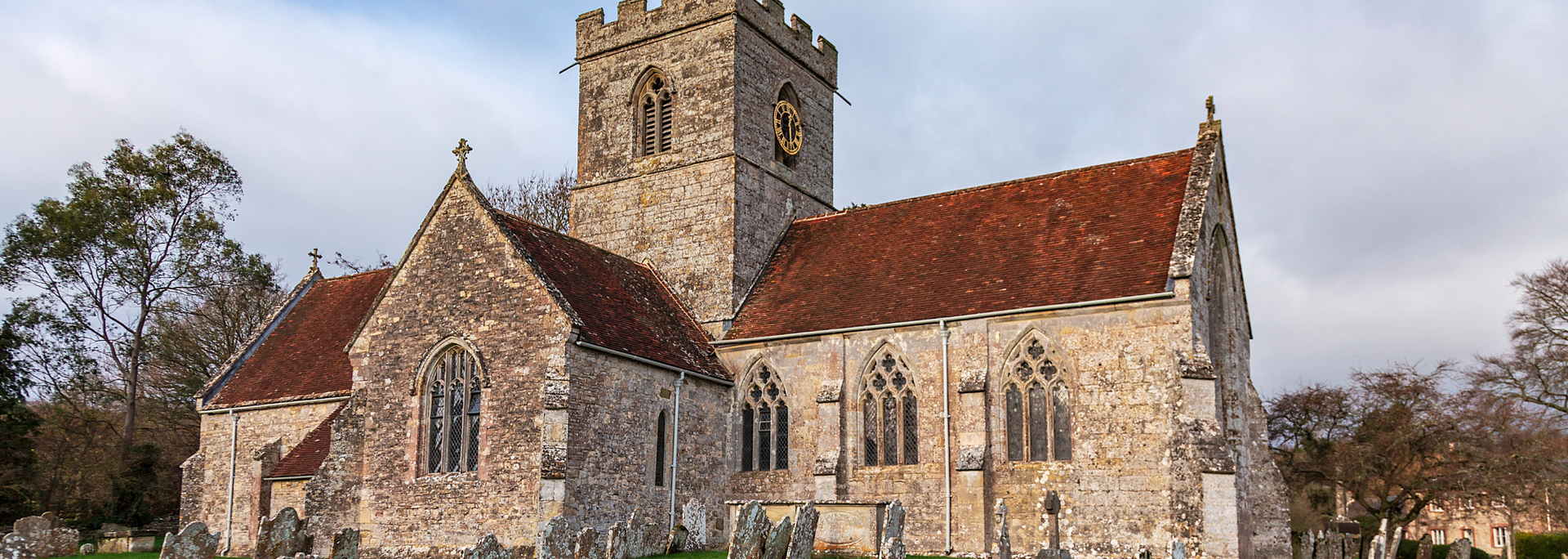
No. Living funerals can be held by people of any faith or no faith.
That said, some faith communities may have different views about the appropriateness of living funerals. This was the case, for instance, when living funerals first began to be held in Japan.
If you're unsure how your community would feel about a living funeral, it could be worth speaking to a faith leader or spiritual counsellor.
What are some alternatives to living funerals?
When it comes to funerals and memorials, living funerals are, of course, the exception rather than the rule. There are, however, other ways that people with serious illnesses celebrate and commemorate their lives before they die.
Some people embark on legacy projects. At its most basic, this involves recording memories of a person's life. Others ask friends and family for living tributes. These could be photos, videos or other mementoes of things that remind them of the person receiving the tribute.
Then there are memorial websites. This is what we offer at Treasured Moments.
About Treasured Moments
At Treasured Moments, we create beautiful, bespoke
online memorial websites that celebrate a person's life. These can include pictures, videos and testimonials and can be visited again and again from anywhere in the world.
We also provide professional tribute videos that celebrate and commemorate people's life stories. Our team of writers and videographers will work with you closely to tell your story – or the story of a person close to you – in a way that feels right.
A page on Treasured Moments can also serve as an invitation to a funeral, living funeral or other memorial service.
Each page has a unique URL and QR code, meaning it can be shared and accessed with ease.
To find out more about our services, take a look at our
tribute page examples or
get in touch with our friendly team.

